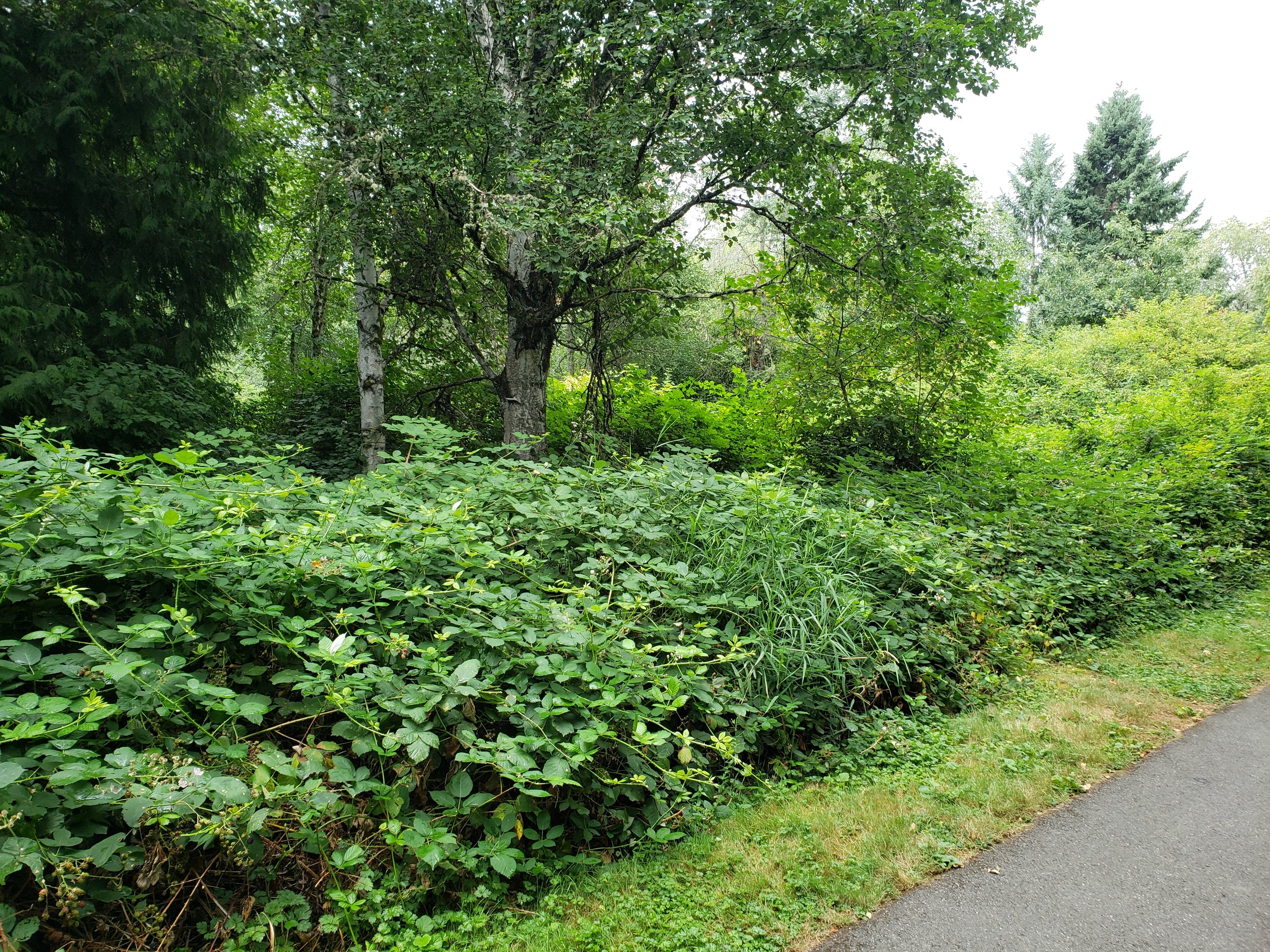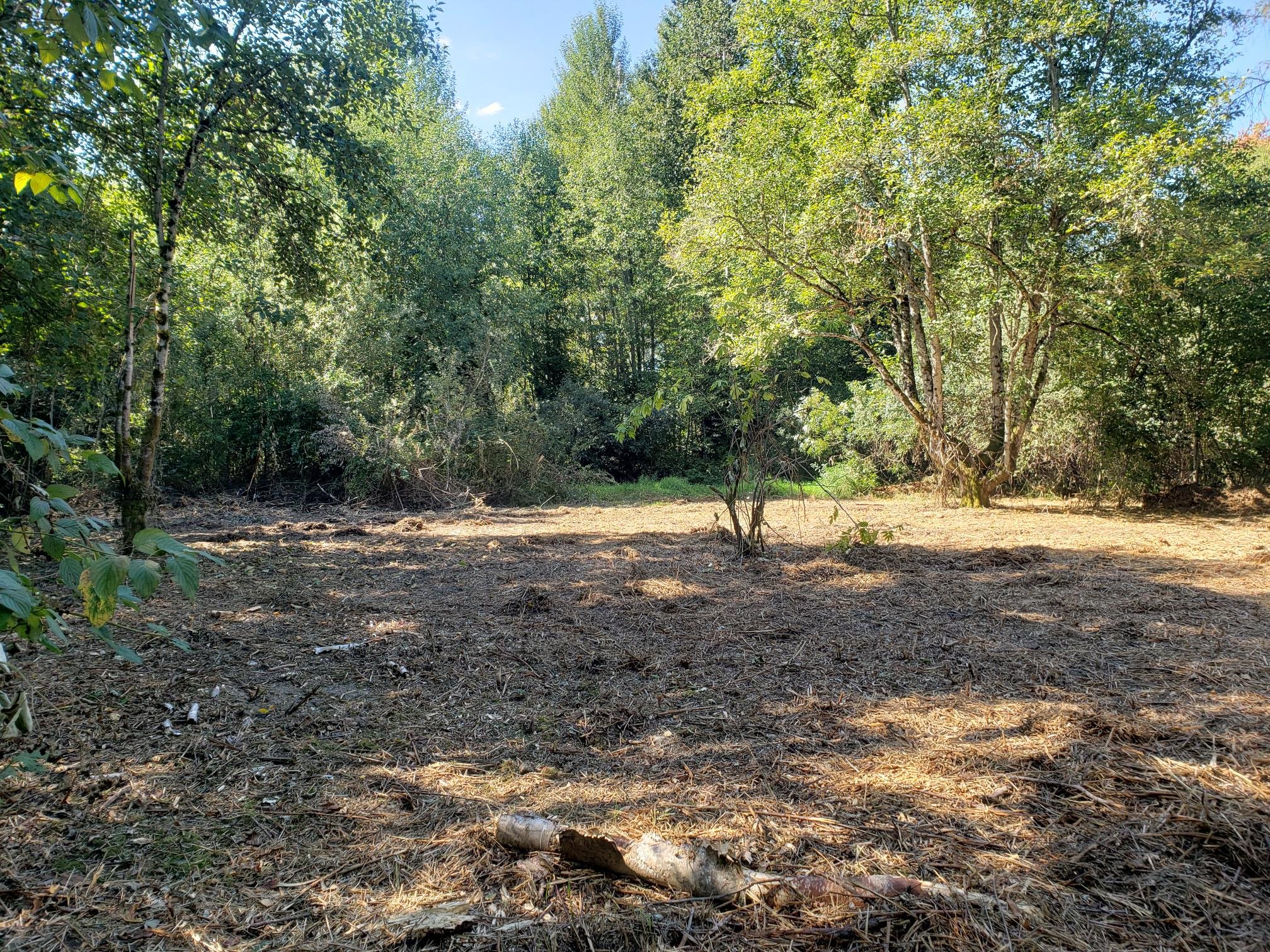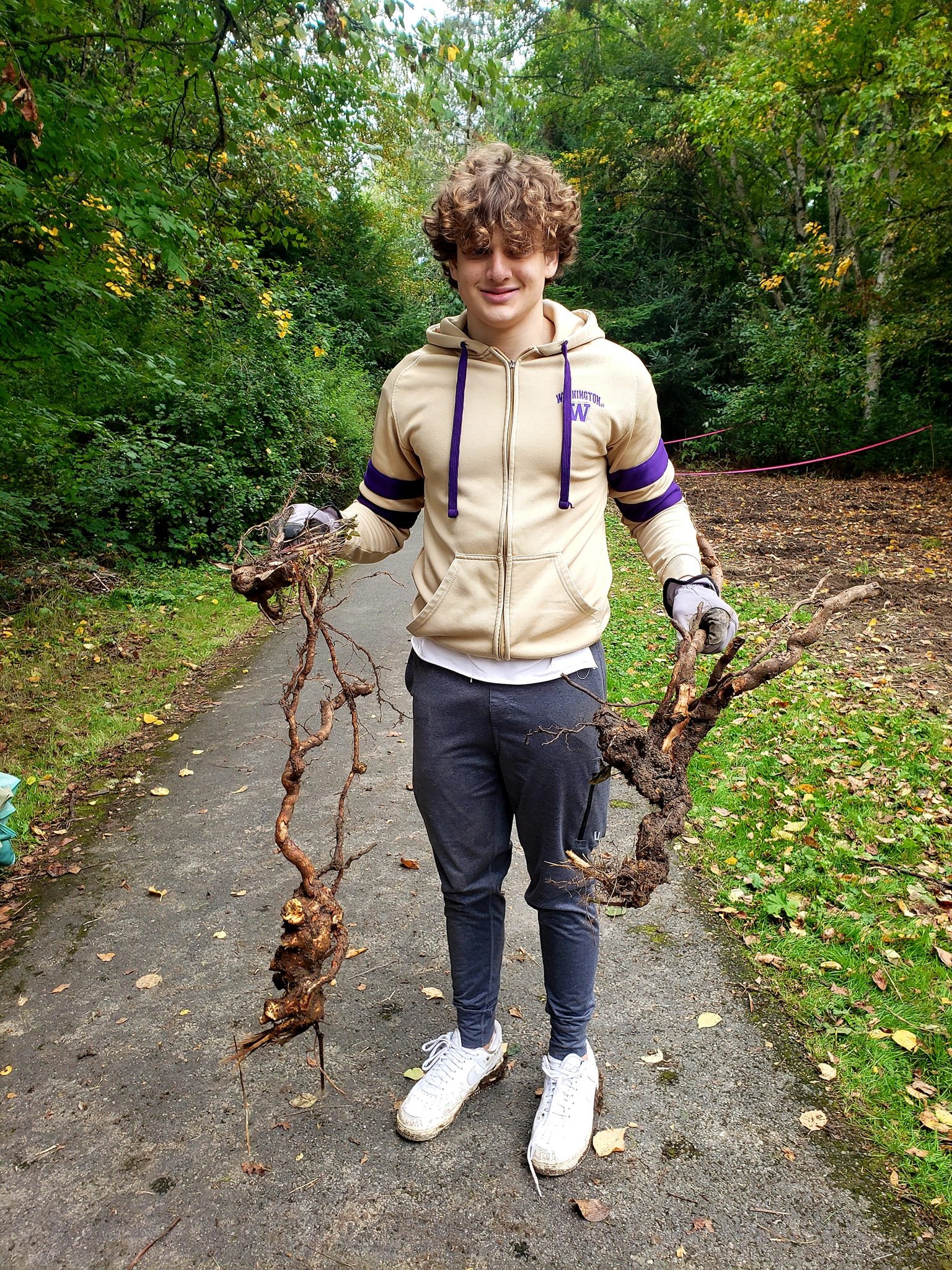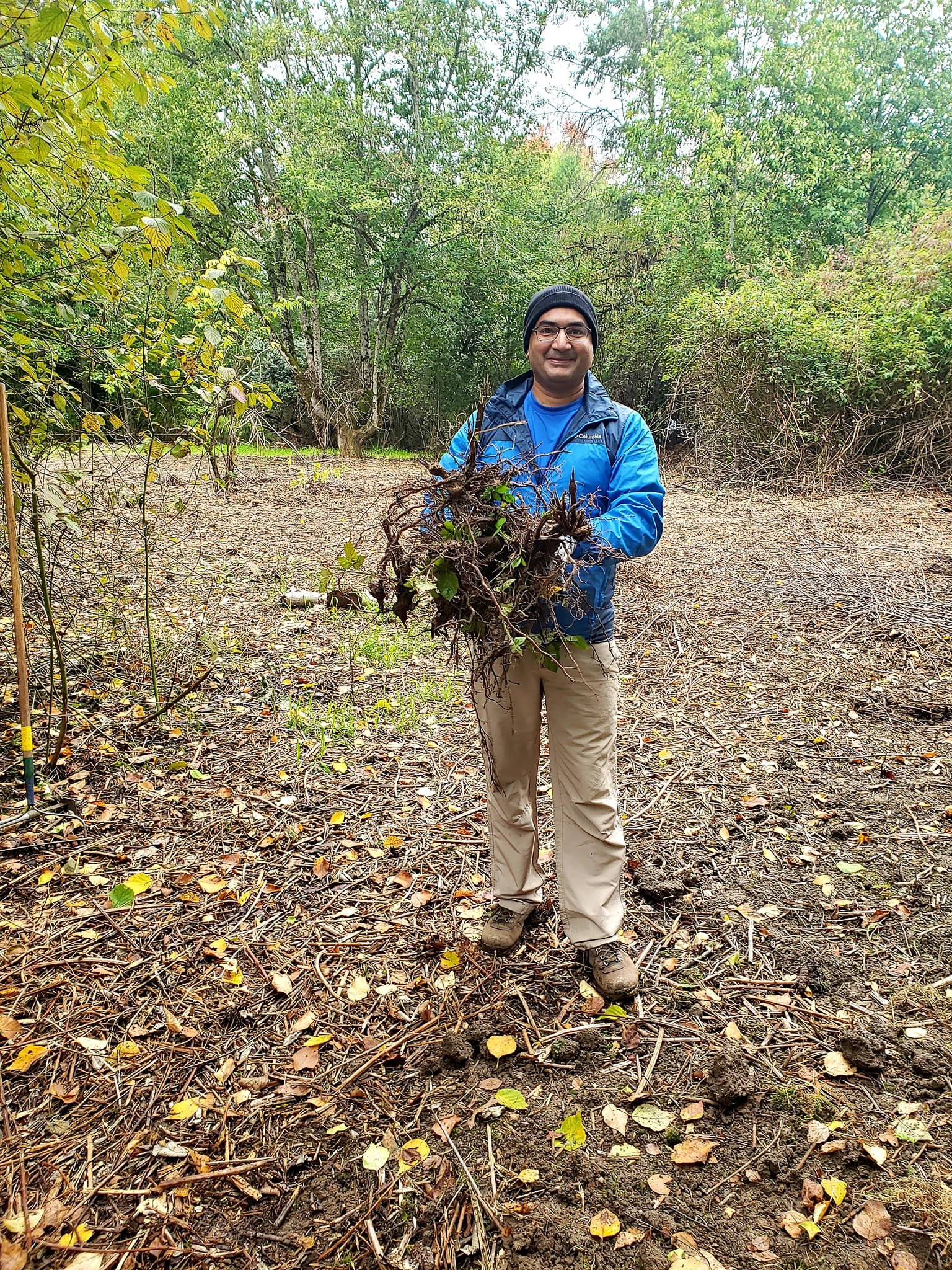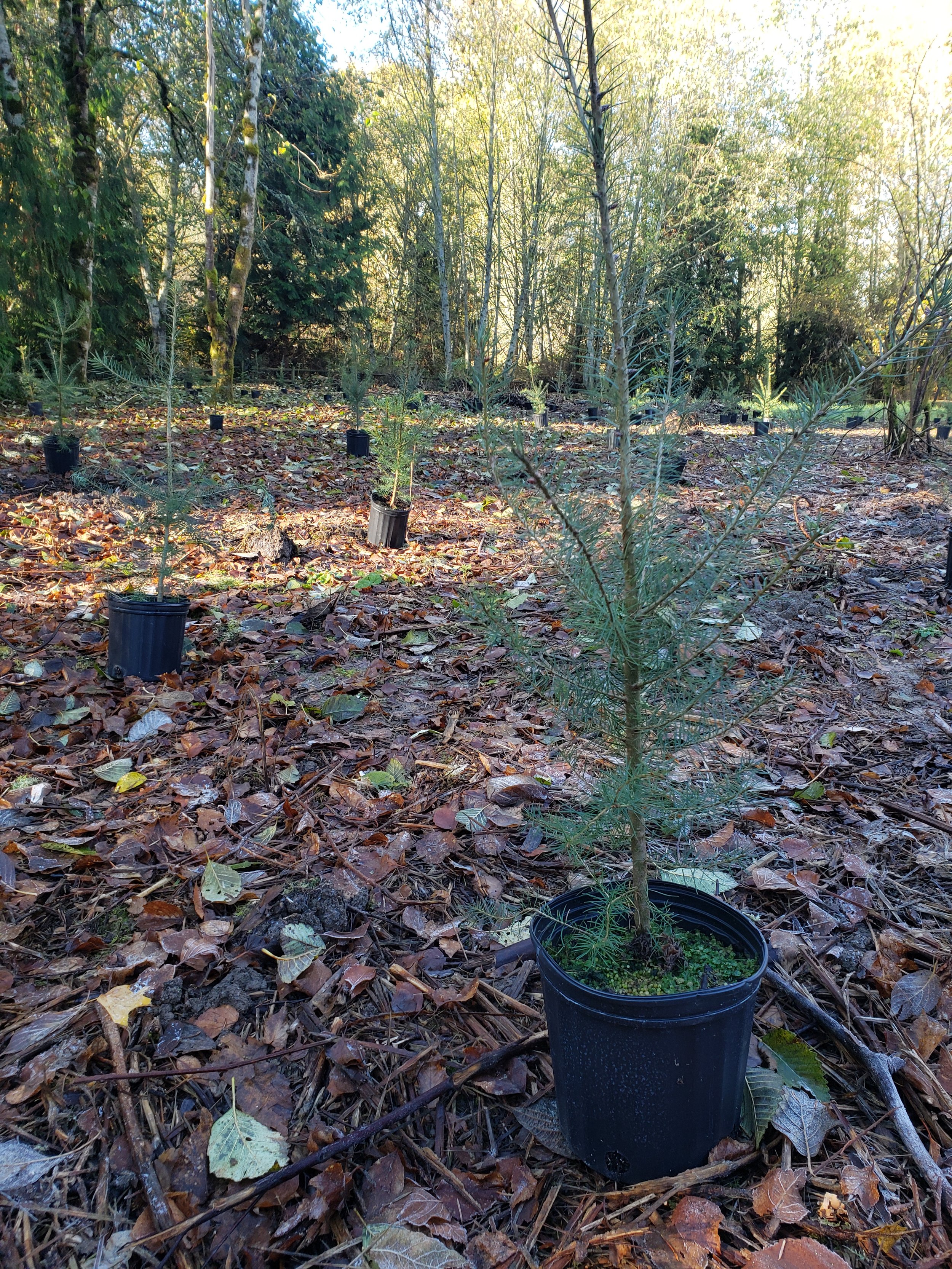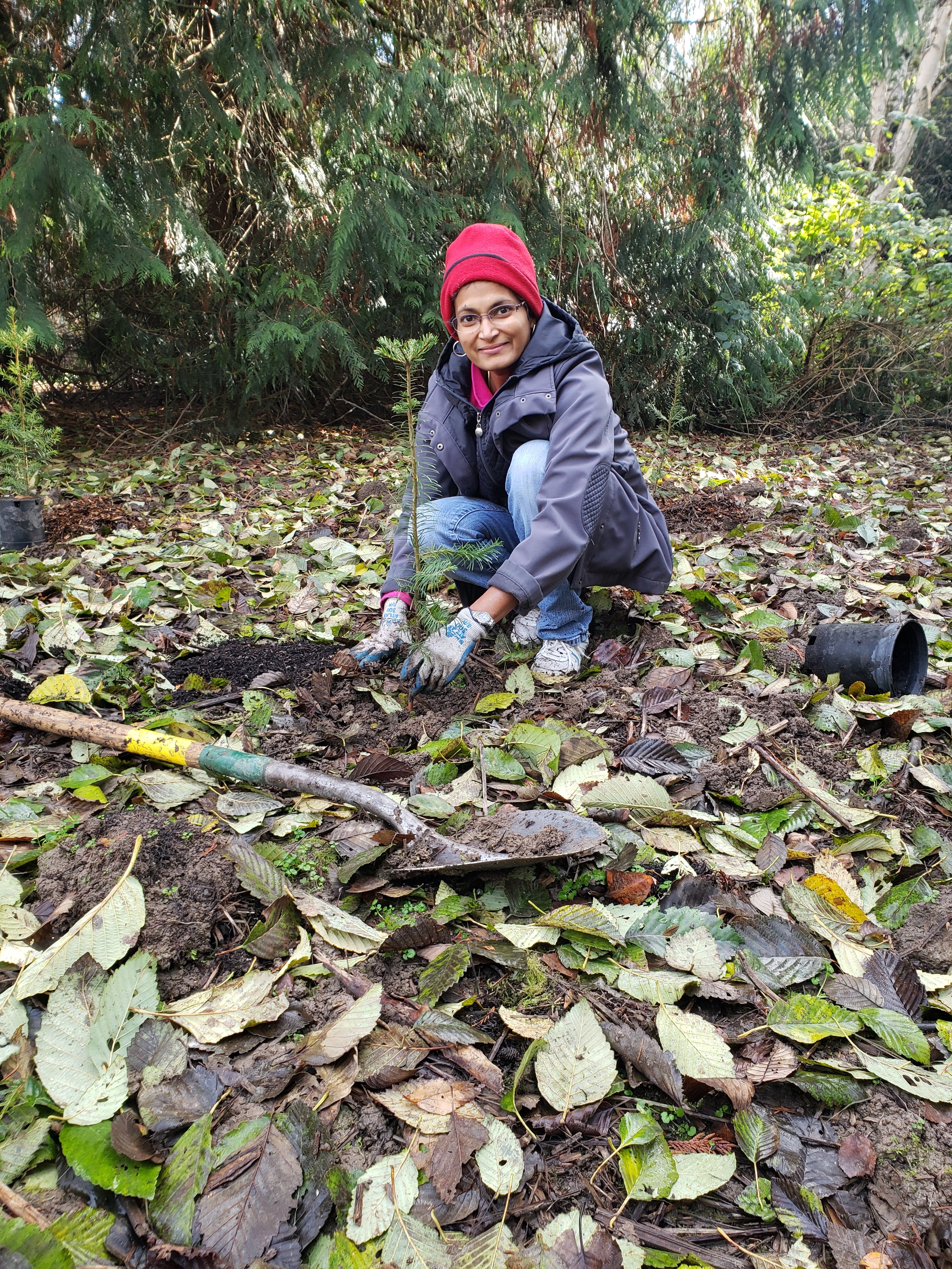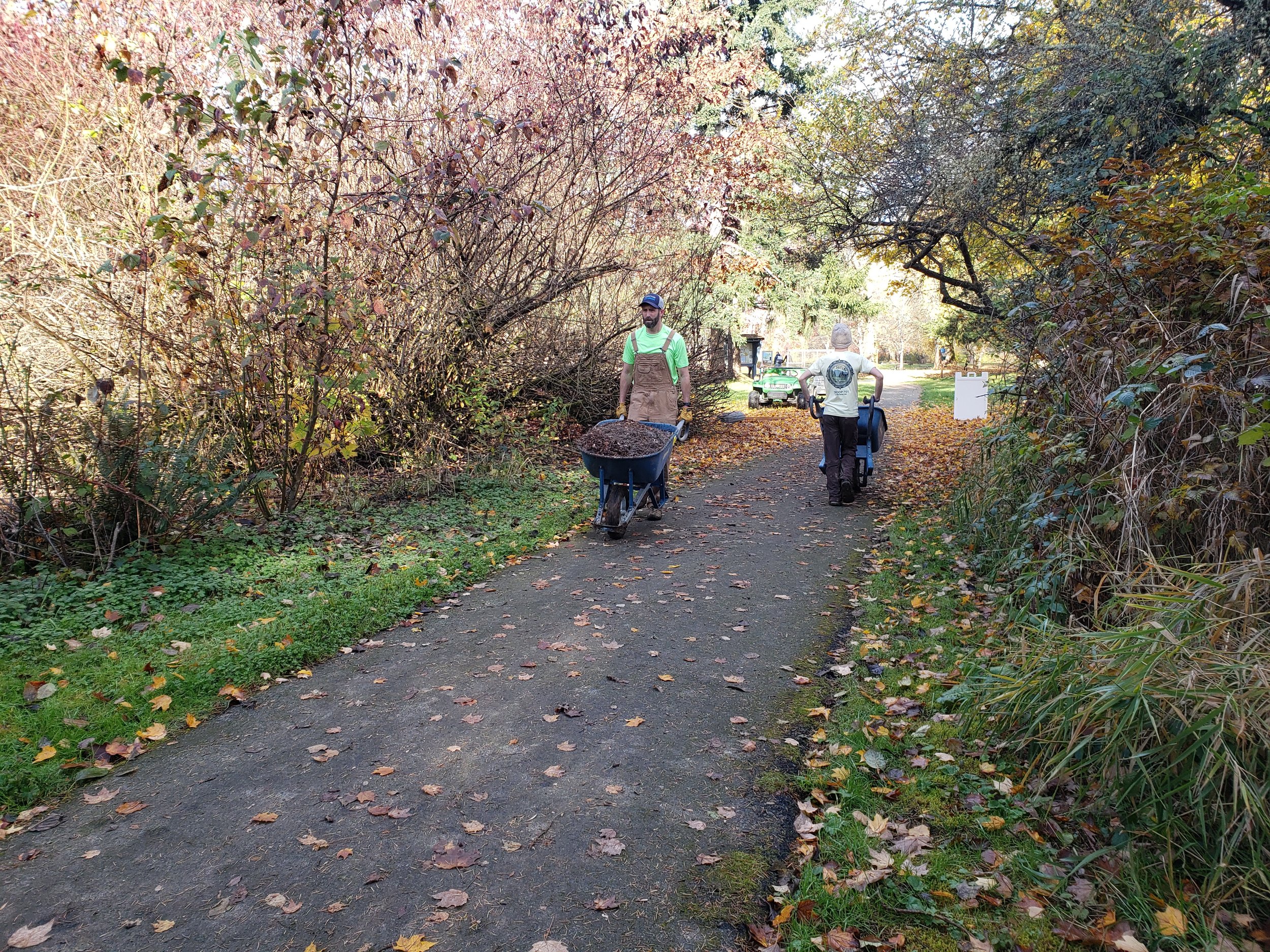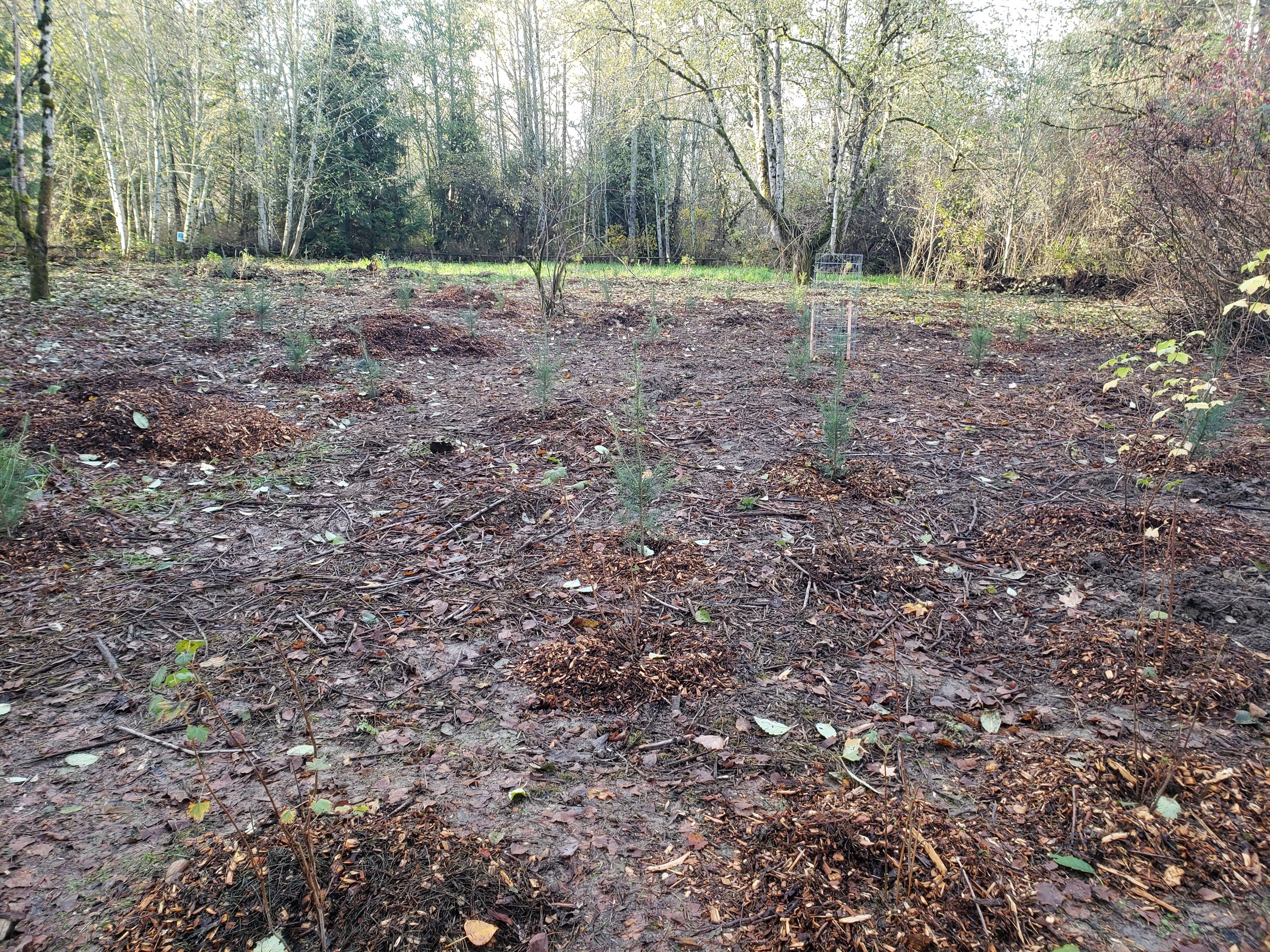Tibbetts Creek Restoration
It is approaching the time of year when we pause our restoration activity for a few months and so we thought it would be a great opportunity to reflect on the progress of the Tibbetts Creek Restoration site that FLSSP, partners, and our community have invested time, energy and funds in this year.
Washington State Parks, Friends of Lake Sammamish State Park (FLSSP), and several other organizations are partnering together on a multi-year restoration of Lake Sammamish State Park. The Park provides important habitat for several species of salmon, many birds – including bald eagles, great blue herons, and red-tailed hawks – and a wide variety of amphibians, insects and other wildlife. Over the last several months, FLSSP has been working on a new restoration site Tibbetts Creek, a small watershed that helps support our local salmon population.
Tibbetts Creek runs from Squak Mountain through Tibbetts Creek Valley and into Lake Sammamish through Lake Sammamish State Park. The Snoqualmie Tribe, Trout Unlimited, Mountains to Sound Greenway and other agencies have worked across the watershed restoring sections of Tibbetts Creek through removal of invasive plants and native tree plantings – all with the help of volunteers. Combined, these efforts help to restore and create habitat, add species diversity, and improve water quality in the creek supporting local native fish populations, including salmon.
FLSSP’s latest effort has been focused on an area of the Tibbetts Creek buffer that had not yet been restored. We began our restoration efforts several months ago with the help of State Park staff and over 30 volunteers by removing invasive plants, primarily blackberry, to prepare the site for planting of native trees and shrubs. In November, 40 volunteers joined us to plant more than 160 native plants here and surround each planting with mulch to ensure their survival.
Species planted include 90 trees (like Douglas fir, Sitka Spruce, and Grand fir) that grow tall and can live for hundreds of years. These evergreen trees provide shade over Tibbetts Creek which will improve habitat conditions for native salmon species like coho and kokanee. These large, long-lived conifers also are incredibly effective at pulling carbon dioxide out of the atmosphere. A 100-year-old Douglas fir tree will have sequestered about 14 tons of carbon, which is equal to the per capita emissions of an American in 2022. The remaining plants are native shrubs (like red flowering currant, tall Oregon grape, black twinberry, and Pacific ninebark) that will improve habitat for native pollinators and provide fruit for foraging birds and small mammals. These native shrubs also improve the aesthetics of this site by providing a wider diversity of flowering plants.
Our work here isn’t done! At our next regular volunteer event on February 17, 2024 (registration opens in January), we will protect these young trees with cages and add additional mulch to the site. Maintenance will be required going forward to continue removing invasive species to help ensure these new native plants can grow to achieve their full potential.
This work is supported by partnerships with Washington State Parks, REI and Dell, and made possible by many volunteer hands - thank you for joining us!
(The photos below show the transformation from August-November 2023 of this Tibbetts Creek site: from blackberry, to a mowed field, grubbing out roots, planting and the finished product.)

